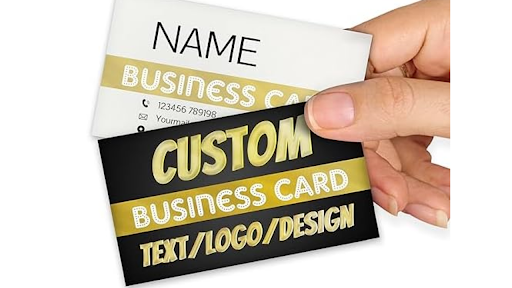Shore Durometer Scales: What You Should Know Before Buying One
When it comes to measuring hardness, there are a few terms you need to be familiar with: Shore A, Shore B, and Durometer. These terms are used in the manufacturing industry to describe different levels of hardness.
Shore A is the softest level and is used for products such as rubber, elastomers, and plastics. Shore B is the next softer level and is used for products such as stainless steel, aluminum, and some types of plastic. Finally, Durometer is the hardest level and is only used for metals.
If you’re in the market for a shore durometer scale, here are three things you need to know: what levels of hardness each type of scale measures, what uses each type of scale has, and which brands produce scales at which levels of hardness.
What are the Shore Durometer Scales?
Shore Durometer Scales are used to measure the hardness of a material. They are also known as “ Shore A”, “ Shore D,” and “ Shore V” scales.
The scale measures in cycles/mm2 (CPM). The higher the number, the harder the material.
There are two main types of shore durometer scales: ball and barrel. The barrel type is usually more accurate than the ball type.
Before you buy a digital durometer shore, make sure you understand these four things:
1. What type of scale do you need? Ball or barrel?
2. What number range do you need? 100 – 7000 CPM?
3. What accuracy do you need? +/- 2% or +/- 5%?
4. How often will you use it? Once a year or once a month?
What does the Shore Durometer Scale measure?
The Shore Durometer Scale measures a material’s hardness. The scale ranges from 1 to 100, with 100 being the hardest. Shore Durometers are used in a variety of industries, including manufacturing and engineering.
How to use the Shore Durometer Scale?
If you’re looking to buy a shore durometer scale, you first need to understand the different types available and what they offer. Then, you’ll want to decide which one is right for your needs. Here’s a guide to using each type of shore durometer scale.
Shore Durometer Scale Types
There are three main types of shore durometer gauges: manual, electronic, and manual electronic. Manual scales use physical buttons or switches to measure hardness, while electronic scales use digital readouts. Manual electronic scales are the most common type and offer the easiest way to measure hardness. However, they can be less accurate than other types of scales.
Manual Shore Durometer Scales
Manual scales use physical buttons or switches to measure hardness. To use a manual scale, you first need to set it up. You’ll need to find the weight range that matches your object (usually between 2 and 100 pounds). Then, set the desired weight on the scale and press the start button. The scale will automatically read out the measurement and display it on the display screen. You can also change the weight range by pressing the up or down arrow buttons.
What are the advantages and disadvantages of using Shore Durometer Scales?
Advantages of using Shore Durometer Scales:
-They are a good way to compare the hardness of different materials.
-The scales can be used for a variety of purposes, such as checking the hardness of metals and plastics.
-They are inexpensive and easy to use. Disadvantages of using Shore Durometer Scales:
-They can be inaccurate if the materials being tested are not very hard.
Conclusion
Shore durometer scales are a favorite tool of many sewers and seamstresses. They provide a quick, accurate way to check the thickness of fabrics before sewing. However, before you buy one, it’s important to understand what they are and what they can do. This article will cover everything you need to know about the durometer test block kit to make an informed purchase.






